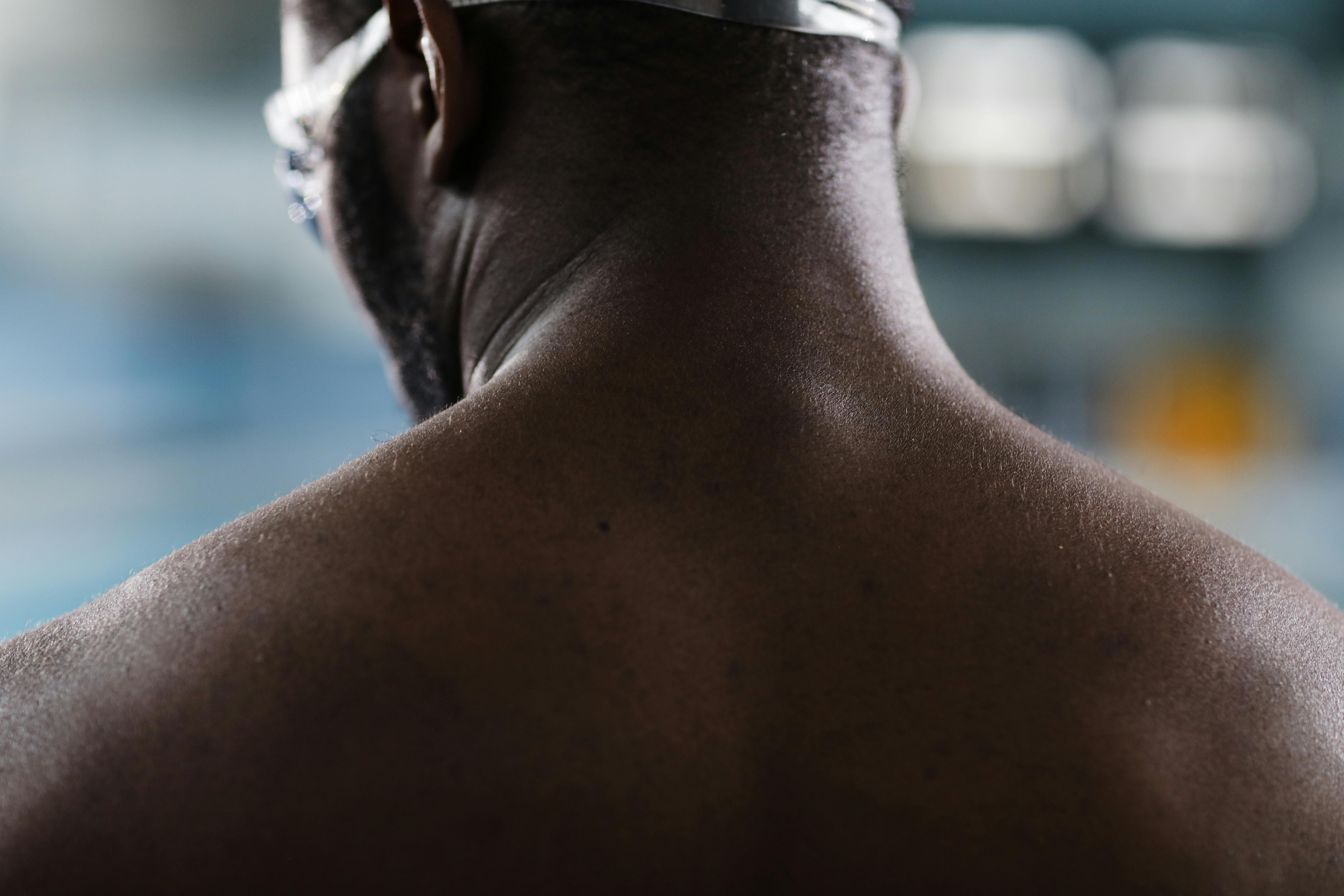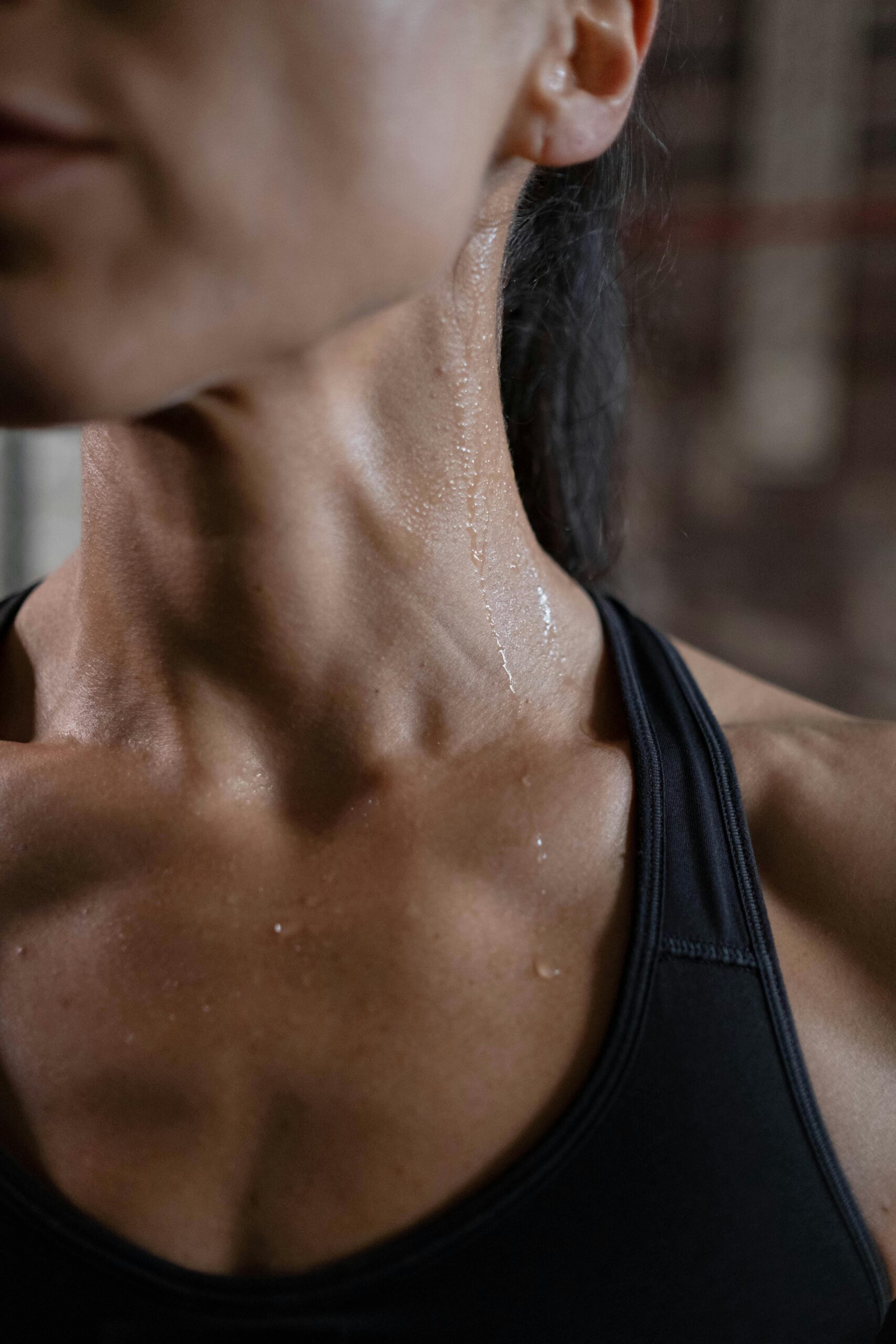Maximizing Gains with Effective Shoulder Press Exercises in 2025
Shoulder training is often overlooked in strength programs, but it plays a crucial role in achieving a well-balanced physique and enhancing athletic performance. Discovering the effective shoulder press muscles can lead to significant gains in muscle size, strength, and stability. In this article, we’ll uncover the essential shoulder press exercises, their benefits, and optimal techniques for maximum gains, particularly in the year 2025.
Whether you are just starting your fitness journey or looking to refine your shoulder training regimen, understanding the key muscles involved in shoulder presses is vital. With guidance from trainers and current fitness trends, you can achieve your goals efficiently and safely. We will also discuss common errors to avoid during shoulder pressing and effective warm-up routines to prime your muscles.
Get ready to enhance your shoulder training strategies and maximize your results with practical tips, expert insights, and scientifically-backed methods. Along the way, you’ll find illustrative images and links to further enrich your understanding and practice of shoulder training.

Understanding the Key Muscles for Shoulder Pressing
The shoulder press primarily targets several muscle groups essential for developing shoulder strength and stability. Understanding these muscles will provide you with a better foundation for effective training.
Primary Muscles Targeted by Shoulder Press
The primary muscles engaged during shoulder presses include the deltoids, specifically the anterior (front), medial (side), and posterior (rear) segments. Each segment plays a vital role in shoulder mobility and strength.
Supporting Muscles Involved in Overhead Movements
In addition to the deltoids, the rotator cuff muscles, including the supraspinatus, infraspinatus, teres minor, and subscapularis, stabilize the shoulder joint during pressing movements. Strengthening these muscles reduces the risk of injuries and enhances overall shoulder function.
The Role of Stabilizing Muscles
Stabilizing muscles such as the trapezius and serratus anterior help support shoulder movements. They maintain proper posture and alignment throughout shoulder press exercises, facilitating greater efficiency and reduced injury risk.
With a comprehensive understanding of the key muscles involved, we can now delve into effective shoulder press techniques.
Effective Techniques for Shoulder Pressing
Using proper technique during shoulder presses not only maximizes results but also minimizes the risk of injuries. Below are vital techniques to consider for both barbell and dumbbell shoulder presses.
Barbell Shoulder Press Technique
The barbell shoulder press is a fundamental exercise for building shoulder mass. Start by positioning the barbell at shoulder height, gripping slightly wider than shoulder-width. Press the bar overhead while keeping your core engaged and your back straight. Avoid arching your back and ensure the bar moves in a straight line.
Dumbbell Shoulder Press Technique
For the dumbbell shoulder press, sit or stand with a dumbbell in each hand at shoulder height. Press the weights overhead while maintaining a neutral spine. This variation encourages balanced muscle development and helps address any muscle imbalances.
Common Mistakes While Performing Shoulder Presses
Many exercisers make common mistakes, such as using too much weight, which can compromise form. Another issue is letting the elbows flare out excessively, which can lead to shoulder injuries. Focus on controlled movements and avoid any jerky motion.

Perfecting these techniques is critical, and as we explore deeper, let’s discuss shoulder press variations to keep your training effective and engaging.
Shoulder Press Variations for Optimal Results
Incorporating variations of shoulder presses into your routine can help break plateaus and target different muscle fibers, promoting growth and enhancing overall strength.
Seitheben: Targeting Lateral Shoulders
Seitheben, or lateral raises, are an excellent complement to shoulder presses. By targeting the medial deltoids, this exercise enhances shoulder width, improving aesthetics and functional strength.
Overhead Dumbbell Press for Functional Strength
The overhead dumbbell press incorporates stabilization training, engaging more muscle groups than traditional presses. It’s particularly beneficial for enhancing everyday strength used in daily activities.
Shoulder Press with Resistance Bands
Resistance bands are a versatile tool for shoulder training. They enhance shoulder stability while adding variable resistance throughout the movement. They’re perfect for improving shoulder strength safely and effectively.
Essential Warm-up Routines for Shoulder Pressing
Warming up before intense shoulder training is crucial for preventing injuries and optimizing performance. Engaging in a proper warm-up routine can significantly improve your workout efficiency.
Dynamic Stretches for Shoulders
Incorporate dynamic stretches like arm circles, thoracic rotations, and band pull-aparts to activate the shoulder muscles and improve mobility. These exercises prepare the muscles for the upcoming workload.
Rotator Cuff Activation Exercises
Rotator cuff activation is vital for shoulder stability. Exercises such as external rotations with a resistance band or light dumbbell can warm up the rotator cuff and promote joint health.
Foam Rolling Techniques for Shoulder Mobility
Using a foam roller on the upper back and shoulders can relieve tension and improve blood circulation. Focus on rolling over the trapezius and deltoid areas to enhance flexibility before lifting.
Conclusion: Mastering Shoulder Press for Maximum Gains
Mastering the shoulder press exercises requires understanding the key muscles involved, exploring effective techniques, and incorporating the right warm-up routines. By being mindful of common mistakes and employing various pressing methods, you can achieve impressive gains in strength and size.
Remember to continuously assess your technique and integrate progressions suitable for your training goals. As always, listening to your body and prioritizing recovery are just as important as pushing through your workouts.
For further insights and detailed shoulder training plans, check out our additional resources on shoulder training methodologies and fitness nutrition for muscle gain.
